As many of you know, we reported on the Litepanels and their attempt to block the import of LEDs for video and photo back in August. A handful of companies have decided to fight Litepanels rather than give up the rights to sell LED lighting. The legal battle has been a slow uphill battle for them but it looks like things are making some headway. That said, I was contacted by one of the lawyers representing the companies battling Litepanels. This lawyer informed me of some crucial evidence they need to help nullify Litepanels patent claims.
As you may be aware, we’ve been in the “discovery” phase of the investigation since last August. “Discovery” means that the two opponents (i.e. the “Complainant” Litepanels on one side and the “Respondents” whom we represent on the other side) quiz each other about facts relating to the investigation. Each side is duty-bound by law to provide any relevant documents in their possession for the other side to examine, but only under the very strict condition that each side must scrupulously protect the secrecy of any confidential business information that the other side discloses. This process is where most of the “detective work” on an ITC investigation takes place.
But at a certain point, the “discovery” process runs its course and it becomes necessary to do some outside “sleuthing”. That’s where you and the rest of the cinematography community can really help out, as I’ll explain below.
U.S. federal patent law contains a provision called a “prior use statutory bar”, which just means that if an application for a patent covering a certain invention is not filed within one year after an embodiment of the invention is first offered for sale or otherwise disclosed to the public, then that invention is deemed to have been dedicated to the public and cannot be patented. The corollary is that any patent issued for such a previously-disclosed invention can subsequently be ruled invalid if the prior public disclosure is brought to the attention of the relevant authorities (either a court or the US patent office).
So what we are endeavoring to do now is gather information that will lead to a smoking gun – a verifiable instance of white LEDs being commercially used for illumination of subjects in photography or cinematography prior to the “critical date”. In this case, the application for the first Litepanels patent was filed on September 9, 2001, so any public use prior to September 9, 2001 will be potentially lethal to the patents that Litepanels is asserting against us.
You may also be aware that the hearing in this investigation (ITC Inv. No. 337-TA-804) is scheduled to take place in the middle of June. So at the same time that we are scurrying to gather as much evidence from the community as we can, we are also busily preparing our trial briefs and exhibits.
If you have any records of LED purchases prior to the above dates, contact them directly to help with the case. You can also help by spreading the word.

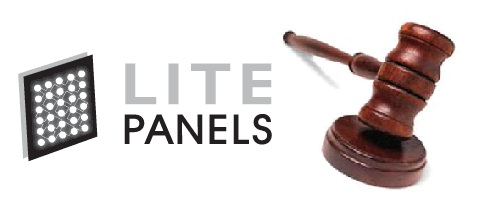
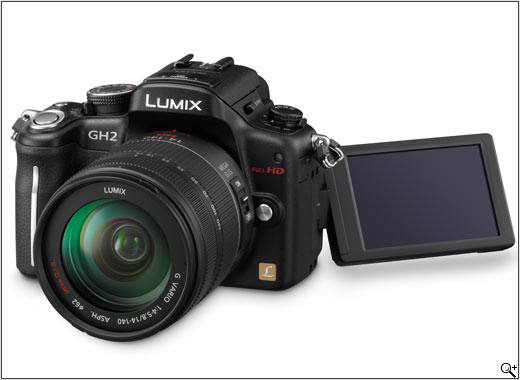
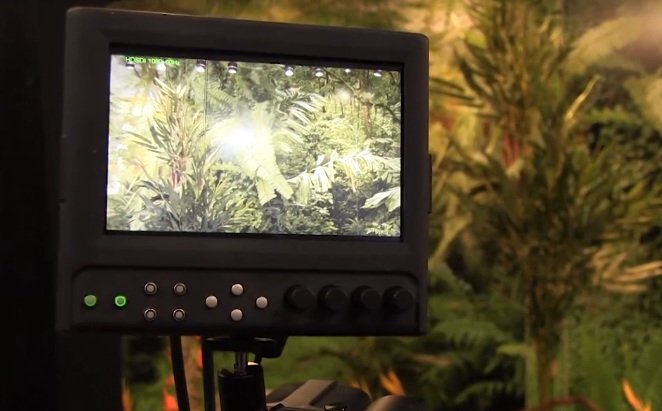
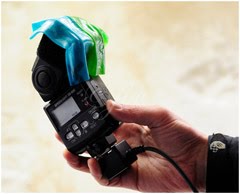
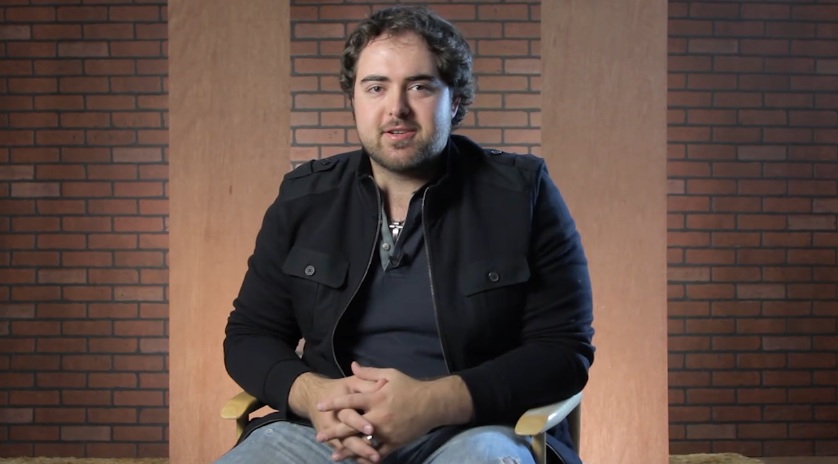



I have emailed both Vitec Group and the patent office. I offer my email as a template for others below.Â
To:
info@vitecgroup.com, usptoinfo@uspto.gov,
Subject:
Patents
Hello,
I am contacting you to tell you I am really appalled by Vitec Group’s actions against other LED manufacturers. (Inv. No. 337-TA-804)Â
If Vitec Group prevent the sale of other LED products in this industry, anyone on a low budget will not be able to afford LED lighting and it will create a monopoly.
Not to mention that it would prevent LED technology from expanding at the current rate that it is.
It will potentially be putting many US business (and businesses from other countries) out of business, and of course it will make work more difficult for independent filmmakers,  small production companies, and videography freelancers, most of whom cannot afford Litepanels ridiculously high prices. Â
I am one of the many people willing to fight for a fair market in the industry that I work in!
Nitsan Simantov – filmmaker & photographer – UK
http://www.nitsan.co.uk
Hello Tony,
Thanks for putting up this post. We’re getting some good feedback and leads from cinematographers. For instance, one person sent me footage that was lit using a Husky Model HL505 LED flashlight. Brilliant! Please keep them coming!
Rich
Â
What I don’t understand at the base level of the lawsuit is how can a company patent the use of an existing technology for general illumination in an entire industry? Litepanels didn’t invent the LED. They only adapted it to a form factor aimed at the photographic industry. Their lites could also easily be used to illuminate your bathroom! So why do they have the right to patent LED lights for photographic use? They should only have the right for design infringement if any company has copied their design or way of making the LEDs work. I think that the patent office made a huge error in granting the patent(s) in the first place!
Ganzo,
I agree, the USPTO shouldn’t have granted such broad claims in these patents. But unfortunately it did, sonow we’re in court trying to explain the USPTO’s mistake to the judge, and unfortunately his first inclination is to trust the USPTO’s judgement. That’s why we need to gather as much evidence as we can showing examples of other people doing similar things to what Litepanels did back in 1999 – using white-light LEDs in cinematography lighting applications. The judge gives credence to what was put on paper, published or recorded at the time that Litepanels first got the idea itself. That was March of 1999. If you know of any other use of white LEDs in cinematography before March of 1999 please let us know!
Rich
Hello All,
We know that the little ring-lite array displayed below was being sold at http://www.theledlight.com at least as early as June 1999. If we can prove that it was sold prior to March 1999, that will be rock-solid prior art to knock out the broadest of Litepanels’ patent claims. Right now we’re trying to identify the manufacturer. The kind people at http://www.theledlight.com tried to help us out, but their records don’t go back that far. So we’re asking you: Please, please ask all of your friends and relatives if they or anyone they know has ever seen one of these little LED arrays before! If we can examine a physical sample, we might be able to learn where it came from.
Rich
 Â
 RLL-24
RING LED LIGHT is now available for those who require an onboard light for video cameras. The RLL24 has a center hole diameter of 5/8″, O.D. of 2″, 5/8″ overall height. The 12VDC RLL is available with 24 White or Infrared LEDs. Set ups for 12 or 18 LEDs may be available on request.   156.00  Â
(p.s. at $156.00, this wasn’t a cheap item! I doubt that very many were sold. So we can’t afford to leave any stone unturned)
Â
  Â
P.S. – the JPEG photo I pasted in isn’t displaying in the published comment, so to see the graphic you can just go to http://web.archive.org/web/20000619182400/http://www.theledlight.com/led-assemblies.html, select June 19, 1999 and scroll to almost the bottom of the page, among the “DIY” items.
Cheers!
Rich
I checked through their web page and it seems the company that made it still exists. Try going to :http://www.theledlight.com/introduction.html
It seems they are in Nevada and contactable.
Yes, you’re right, the company is contactable. But they don’t have records going back to 1999, so they can’t tell me when they started selling this LED video camera light, or where they sourced it.
Rich
Rich-
please contact me by email as I have a name to give you of someone who was using LEDs in film production in 1998-1999. I just got the info this weekend at CineGear L.A.
ganzoltd@verizon.net
Came across another patent that may be useful if no one has reviewed it. http://www.freepatentsonline.com/5010412.html
The one that caught my eye was the following
“11. A method for illuminating an object photographed by a camera acquiring an image of the object through a lens, the method comprising the steps of:
generally surrounding said lens with a plurality of diodes that emit light when energized such that said light illuminates said object; and
periodically energizing said diodes.”
If there is an issue with the fact that it’s periodically energizing remember a Pwm dimmer is pulsing the light as well.
I read the post by FastPlastic and saw another patent that looks promising in some fashion.
http://www.freepatentsonline.com/4677533.html
 Another good find. I think the part that bugs me the most is the following quote from LitePanels patent:7140742
“Still other LED based lighting apparatus have been developed for various live entertainment applications such as theaters and clubs These lighting apparatus typically include a variety of colorized LEDs in hues such as red green and blue ie an RGB combination and sometimes include other intermixed bright colors as well These types of apparatus are not well suited for applications requiring more precision lighting such as film television and so on. ”
So they admit that other panels consisting of the same exact layout and mounting system exist but “Typically” do not come in 3200K or 5500-7500K LED’s. So in reality the patent is not for LED light panels, but rather 3200K and 5600K LED lights. In which case all of the companies making any kind of interior or exterior led lighting should be concerned.
A patent made be made invalid if the applicant does not disclose ALL the prior art relating to the patent. This is so that the burden of research is placed upon the Applicant and not the under-staffed PTO:
Not cited by as prior art in 7,972,022(per Google Patents)
4,962,687 issued in 1990, intensity control circuit contained in Lamp multiple colors in the same fixture
5,155,669 issued 1992 plurality of LEDS
5,323,088 issued 1993 solid state PWM dimming
4,335,943 issued 1982 color compensation for camera
7,140,742 issued 2005 LEDs Daylight Tungsten on the same panel
The PTO is confused about what they patent. 7,140,742 issued 5 years earlier, reads like an exact copy of 7,972,022.
According PTO-P-2011-0087, the PTO admits it screwed up in being inconsistent with how they determined if “financial software” was patentable. This led to a clarification in the law that should be used here. According to:
Title 37 of the Code of Federal Regulations,
Chapter I, Part 42, Subpart D,
Section 42.301, entitled “Definitions” is added as follows:
Section 42.301(b) …Whether the claimed subject matter as a whole recites a technological feature that is novel and unobvious over the prior art, and solves a technical problem using a technical solution.
Dated: July 16, 2012.
David J. Kappos,
Under Secretary of Commerce for Intellectual Property and Director of
the United States Patent and Trademark Office.
[FR Doc. 2012-17904 Filed 8-13-12; 8:45 am]
The “technological feature” of all these patents are LEDs – and NONE of these people seeking patents invented those. They don’t seek to develop LEDs, improve LEDs, or invent more efficient forms of LEDs. They just USE them. If the LEDs become unavailable, the patents are worthless. What kind of “invention” is that? The current 337 will damage the inventors and licensees of LED technology far more than the complainant in this case. Who is representing them in this issue? If this goes through, they will lose more money than the 337 will gain.
Secondly said “technological feature” must be “novel and unobvious”. Was not the entire purpose of inventing a white light LED so that it would replace othter, less efficient white light sources? I mean, how is it NOT obvious to use a tungsten LED or daylight LED to illuminate a scene when you’ve been ordered by the Security Act of 2007 to stop using tungsten light bulbs and by the EPA to stop using CFL’s. Especially when said LEDs are available at the local Radioshack. How is it NOT obvious that if those LED are too bright for your scene that you dim them? And what dimmer produced in the last 30 years DOES NOT use PWM?
I seen now that 7,140,742 is a mistake and may not have been disclosed as prior art because its from the same inventors. I meant 6,948,823, but I see that it too is the same inventors, but a different company name.
Never the less, the two patents are nearly identical, and the point remains the same. All the patents in concerned in this issue based on the use of LEDs, which technology did not belong to the claimants. Yet all the benefits of that technology accrue to complainants, and not the inventors of the LEDs themselves. As stated, the fact that such an effort was made to produce the White Light LED, for which the inventor received the Millenium Prize in 2006, the use in these inventions is clearly implied. They were made to produce white light so they could have all the same functions of illumination as other sources of white light, yet incorporating the benefits arising from the properties of the semi-conductor diode. The Inventors and Licensees of White Light LEDs should enjoy the financial reward from any one and every one who wishes to replace a conventional white light source with a more efficient white light source – in any conceivable configuration.